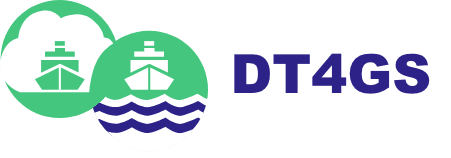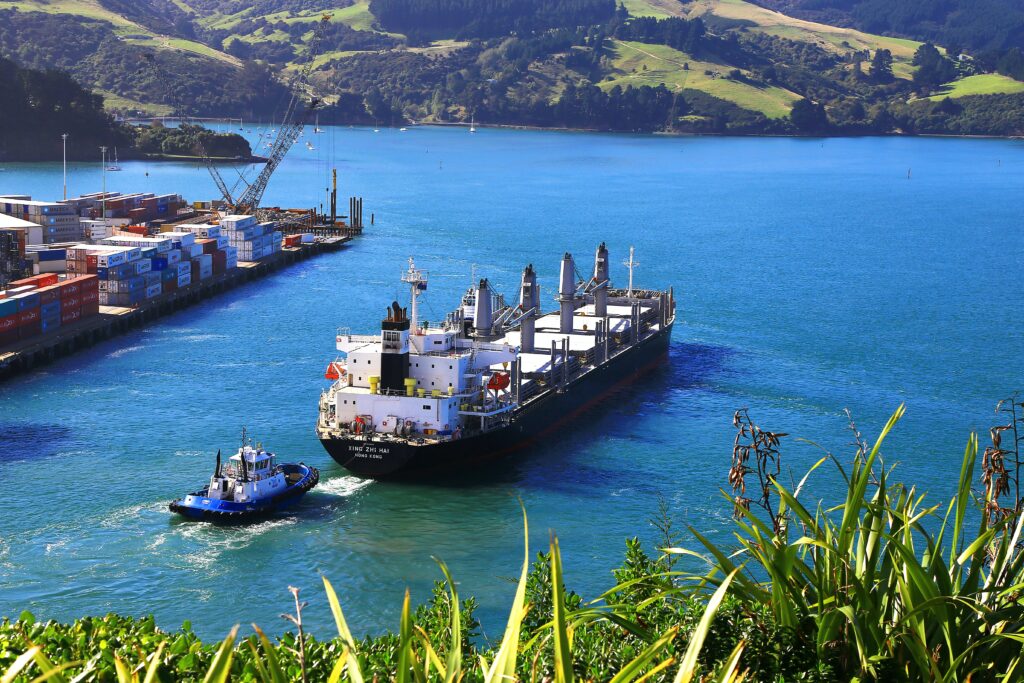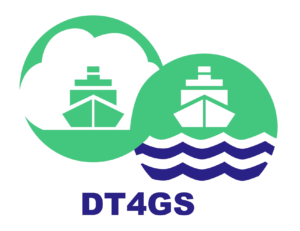This Task 1.1 presents and describes a value-oriented analysis in enabling shipping decarbonization. This is achieved through framing the key decarbonization enablers as discussed in the scientific and industrial bibliography, its risks and opportunities, potential transition challenges and headwinds, stakeholders and a deep dive on decarbonization imperatives – regulation, financing (i.e., carbon credits, Green Taxes, etc) in the context of the latest EU disclosures, infrastructure and technology. Chapter 4 will unfold the Digital Twin context and how the project’s planned Living Labs serve the scope of the project which is fuelled by the deployment of a digital twin model for green shipping. The purpose of the deliverable is to set the theoretical and operational framework around shipping decarbonization and digital twin highlighting the value of digital twin models in shipping decarbonization. That shall be the foundation upon which the following project deliverables will build upon.
Such models are governed by a use case which is substantiated by running several scenarios to identify behavioural outcomes of the model – either regarding ship design or operational implications. As such, the use case per Living Lab is identified coupled with one or more scenarios per use case. These scenarios are fed by specific data frameworks / requirements and user acceptance criteria – which are defined in the course of that deliverable. Expected outcomes are also discussed which are coupled with the user requirements, practically the end-user expectations of digital twin satisfying the utmost scope of reduction of bunker consumption and emission mitigation. Within that structure, each of DT4GS’s LLs are built: a tanker oriented undertaken by EURONAV, a containership oriented carried out by DANAOS Shipping, a ROPAX one which is supervised by BALEARIA and finally STARBULK will secure the LL of bulk vessels.
Value Proposition Mapping is performed in chapter 5, demonstrating the value added of the use of DT models results, through four dimensions: a) Identification and quantification of all enablers and challenges regarding value-oriented analysis and development of KPIs to monitor their performance, b) Provision of performance KPIs for Use Cases monitoring through LLs results (i.e. Energy Efficiency Improvement and CO2e reduction), c) Building of user community understanding the supply and demand side of the DT4GS project and d) End user value proposition identifying the pains and gains of each value-added product/service examined by each LL.
The LLs performance tracking is a dynamic procedure which is not exhausted within the context of this deliverable and will be enriched through the project’s work.
The exceptional innovation piece that this work introduces is twofold:
It establishes a link between the main decarbonization transition challenges and the cornerstone of the project which is the digital twin by elaborating on how the challenges may be incorporated into such a model a determine the operational implications at micro-level
Value proposition mapping method emphasizes on the value of each step of the digital twin model running for a variety of different users of shipping sector, isolating the less critical elements.
In that regard, impactful value of the digital twin core services is directly elicited underpinning the user expectations.





